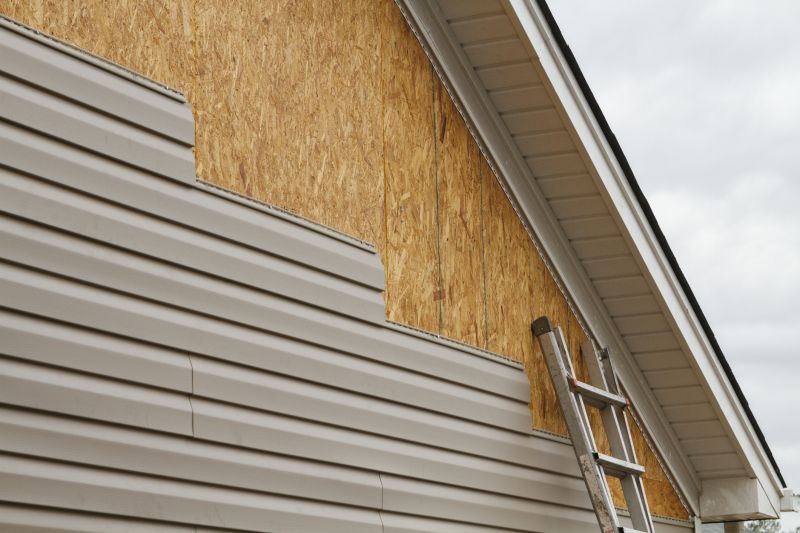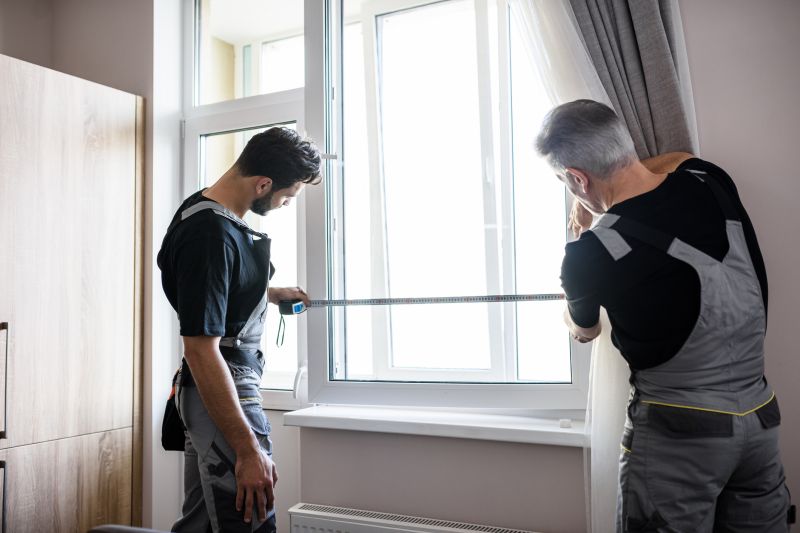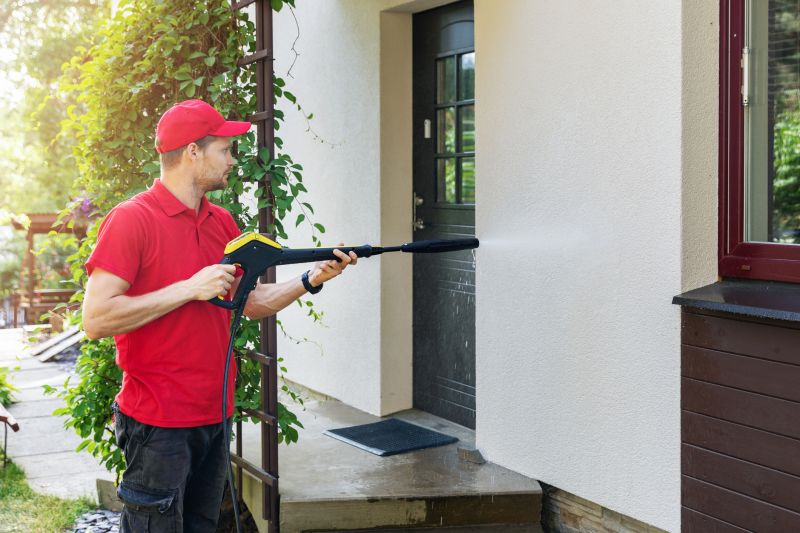Optimal Timing for Siding Services
Siding service can be performed throughout the year, but optimal conditions depend on weather and temperature. Mild temperatures and dry weather facilitate better installation and repairs, reducing the risk of delays or issues related to moisture and extreme heat.
Spring and early fall are generally considered ideal seasons for siding work. During these periods, weather tends to be more predictable, and temperature ranges are suitable for various siding materials. Avoiding the peak of summer and winter can help ensure quality results and timely completion.
Spring offers moderate temperatures and longer daylight hours, making it suitable for siding installation and repairs.
Early fall provides cool, dry conditions that help prevent moisture-related issues during siding work.
Extreme heat in summer can cause siding materials to expand or contract, while winter's cold and moisture can hinder installation and affect adhesion.
Unpredictable weather patterns can delay siding projects, emphasizing the importance of choosing the right season.

Ways to make Siding Service work in tight or awkward layouts.

Popular materials for Siding Service and why they hold up over time.

Simple add-ons that improve Siding Service without blowing the budget.

High-end options that actually feel worth it for Siding Service.
| Season | Optimal Conditions |
|---|---|
| Spring | Moderate temperatures, dry weather, longer daylight |
| Summer | High temperatures, risk of expansion and warping |
| Fall | Cool, dry, ideal for installation |
| Winter | Cold, moisture, potential delays |
Siding service enhances the exterior appearance and structural integrity of a building. Properly maintained siding protects against moisture, pests, and weather elements, extending the lifespan of the structure. Different siding materials, such as vinyl, fiber cement, and wood, have specific seasonal considerations to ensure optimal performance.
Statistics indicate that scheduling siding projects during favorable weather conditions reduces the likelihood of delays and rework. For example, siding installations performed in spring or fall tend to have higher completion rates and customer satisfaction. Proper timing can also impact the longevity and appearance of the siding material.

Finishes and colors that play nicely with Siding Service.

Little measurements that prevent headaches on Siding Service day.

A 60-second routine that keeps Siding Service looking new.

A frequent mistake in Siding Service and how to dodge it.
Interested in scheduling siding service? Filling out the contact form can provide more information and help determine the best timing for specific needs.


